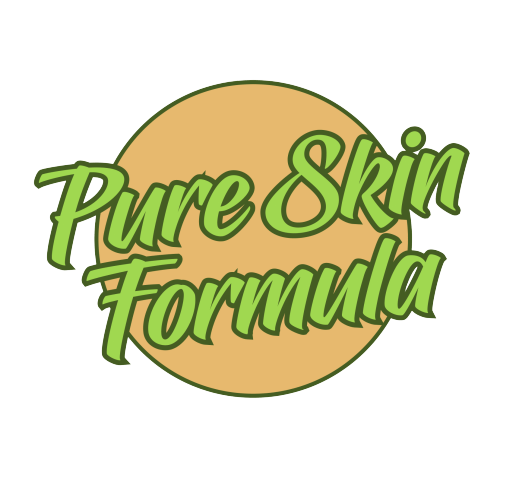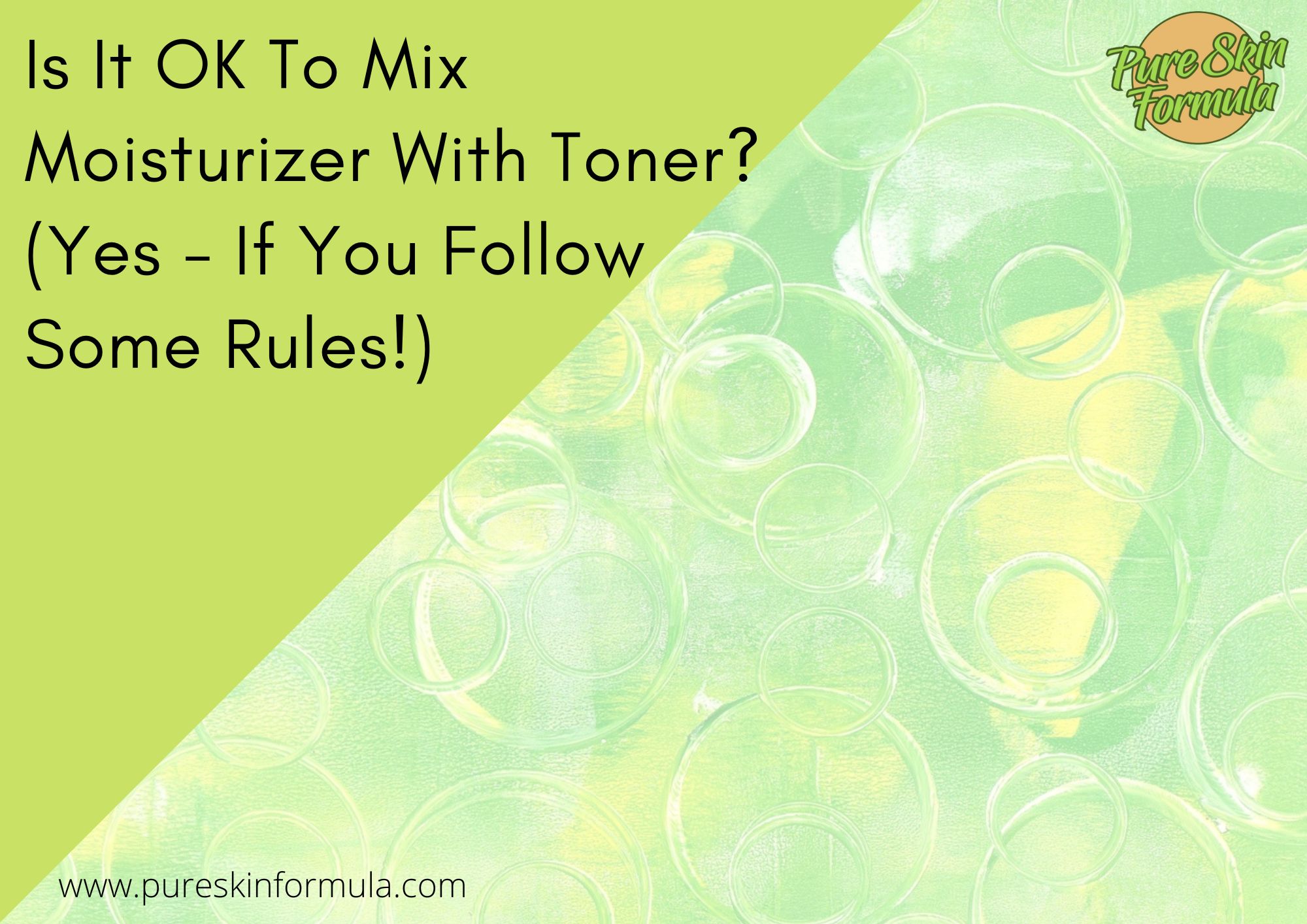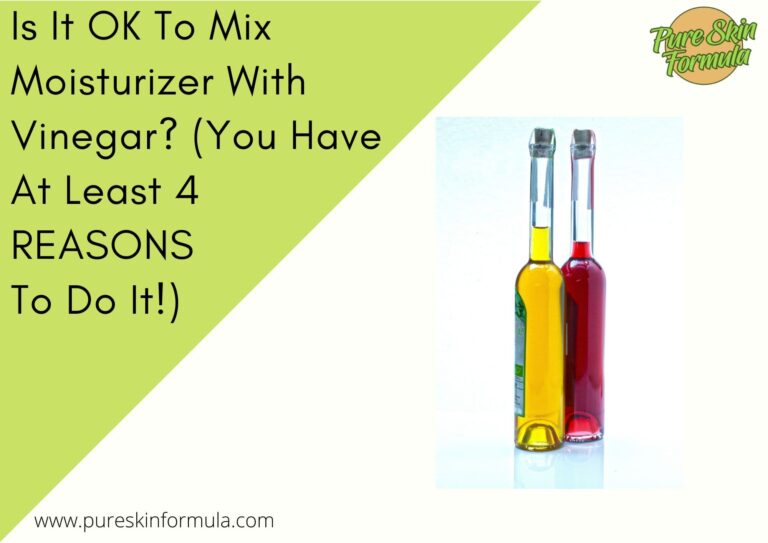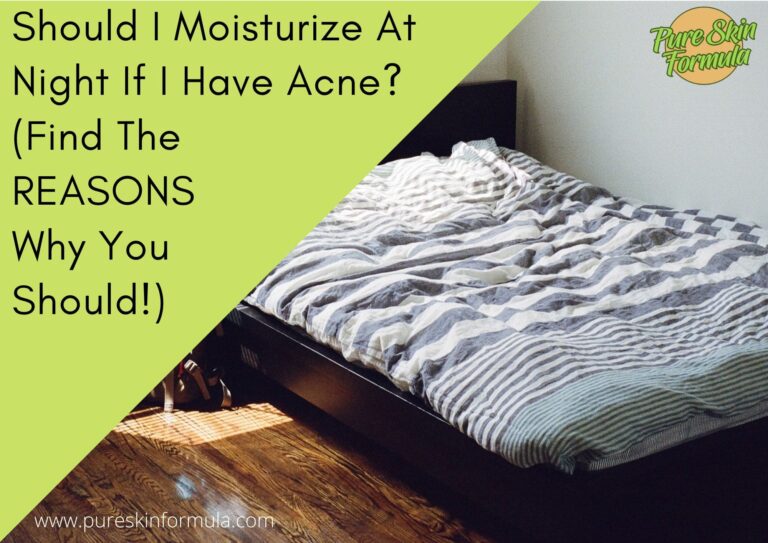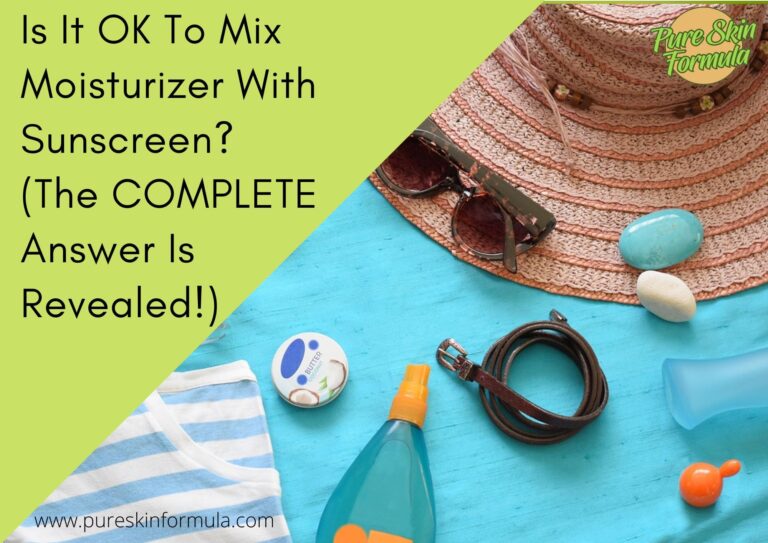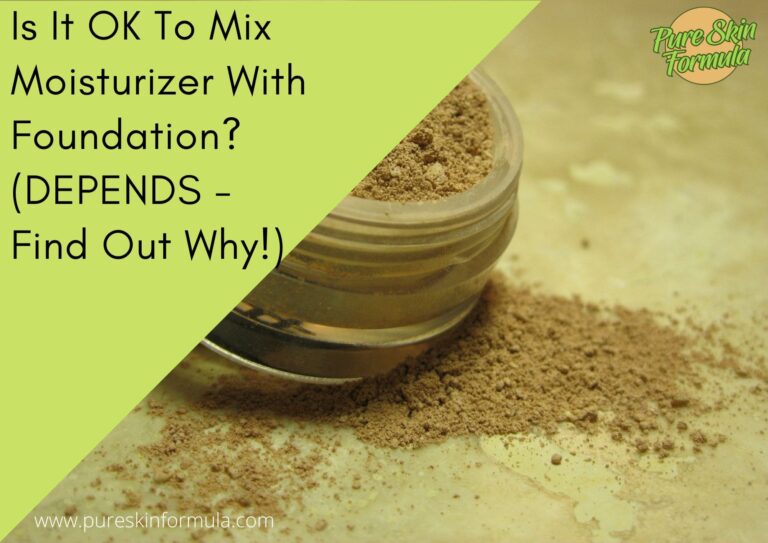There are different types of toners and moisturizers, depending on ingredients, texture and the skin type they should help.
Based on the above factors, we have a few combinations between product one, product two and our skin type.
It could become confusing, as here comes the question are all combinations possible and appropriate.
Is It OK To Mix Moisturizer With Toner?
Yes, if the ingredients of both products match each other. You can use a little trick. Apply the toner, and while your skin is still wet, apply the moisturizer.
You will achieve a better hydrating effect and trap more moisture in the skin.
It is not a good idea if you want to mix a toner and moisturizer that differ in their texture and do not match the skin type.
Let’s go into details below.
The main functions of the toner
Using a toner can be one of your skincare steps. Typically they are liquid-based, which makes them easier to absorb.
But there is no such thing as “the toner”. Under this name, you will find many products with many different formulas and purposes.
Many people think toner has a mostly cleansing function. This is not the case anymore. Below you will find some more things toners do to your skin.
It does extra cleaning, providing a clean “canvas” for follow-up products.
It restores the skin’s natural pH and barrier – after washing with even the gentlest products, the skin’s pH and barrier need a little help to recover.

Toner helps this to happen and ensures the skin can adequately take up and process the beneficial substances in the next steps of the routine.
For oily skin, it is particularly important as it restores it more quickly after washing, and it does not have to produce extra sebum to compensate for its ‘stripping’.
Extra sebum is a prerequisite for hateful acne and clogged enlarged pores.
It provides extra hydration and helps moisture bind to the skin. It may contain auxiliary nourishing ingredients to seal the skin from subsequent products.
Sometimes the ingredients in the toner itself help the serums and creams in your routine to better bond with the skin and increase their efficacy.
It closes pores and intercellular gaps. Some toners remove residual chlorine and minerals from tap water.
It exfoliates. Some toners contain alpha-hydroxy acids (most commonly glycolic) that remove dead cells around the pores and free them to accept more beneficial ingredients from moisturizers and serums.
Alpha hydroxy acid reduces pigmentation and brightens the skin.
Now we can see “toner” doesn’t mean just one thing.
How to choose the right toner for your skin?
If you have oily skin, instead of choosing a high alcohol content to remove oil from your face, look for ingredients that tackle it without drying it out.
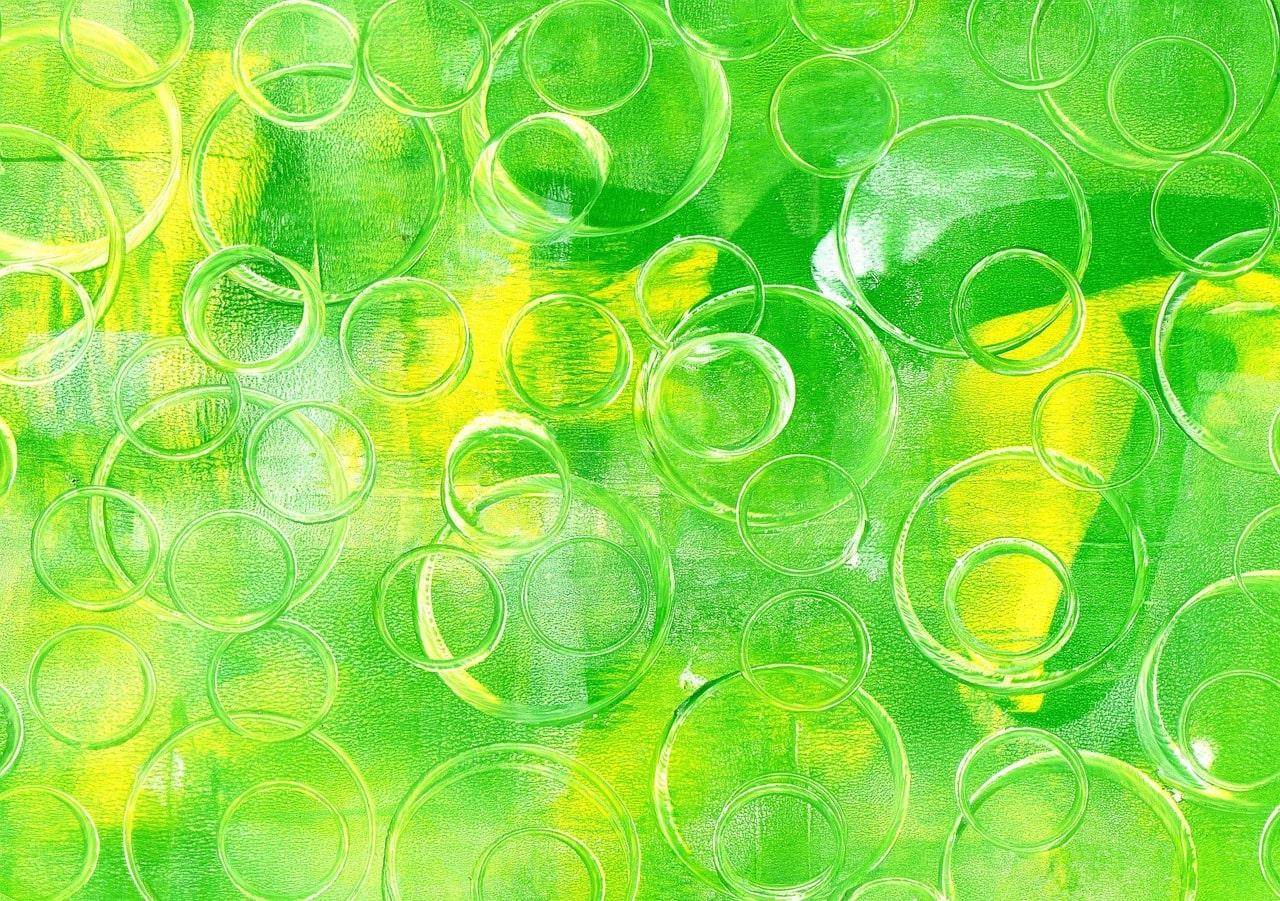
Hamamelis is gentler than alcohol. Salicylic acid helps treat pimples without over-drying the surrounding areas. The use of an oily skin toner can help reduce the production of excess sebum.
For enlarged pores, toners with gentle exfoliating properties were created for this problem.
Dirt and dead skin cells accumulate on the surface, so opt for a toner with glycolic acid, which flushes out excess debris and helps tighten pores.
In addition to toners containing hyaluronic acid, glycerin and rose water, consider those with amino acids for dry skin. These compounds penetrate dry tissue and further nourish it.
Sensitive skin is a challenge. More robust products can create additional problems to the ones you’re trying to combat.
The sensitive epidermis is prone to redness and intolerance to several ingredients. Look for a product labelled “for sensitive skin”.
Functional components include hamamelis or rose water, not alcohol. Anti-inflammatory, antioxidant botanicals such as chamomile, calendula and aloe are soothing.
Which moisturizer suits your skin?
Water-based moisturizers will not contain oil or silicones at the top of their ingredient lists. They are more appropriate for people with oily skin.
Oil-based moisturizers will contain oils at the top of the formula. They are suitable for dry skin types.
Silicone-based moisturizers are appropriate for all skin types. They create a barrier on the skin that prevents transepidermal water loss
You can find silicone on the label as methicone, phenyl trimethicone, dimethicone, dimethiconol, cyclomethicone.
How can toner and moisturizer work together?
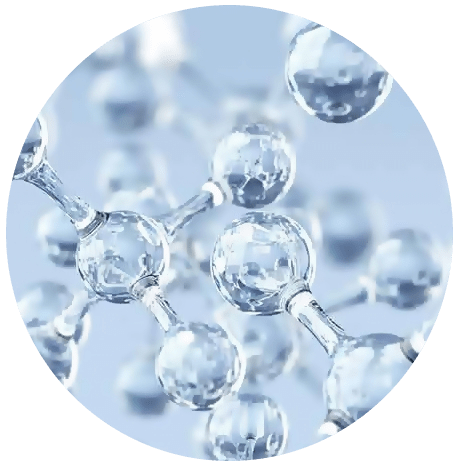
Place the toner on a cotton pad and spread it gently over the face. Apply it immediately after washing the face in the morning and evening.
If your skin is still damp from cleansing, the active ingredients in the toner will penetrate more effectively. Toners can help serum and/or moisturizer reach the deeper skin layers.
Do I always need to mix toner with moisturizer?
No. If you wash your face and then use a cleanser, you can skip the toner and use the moisturizer.
Toner is an intermediary step.
If you have a toner with cleansing and hydrating properties, you can go both ways: use it before (or blend it with) the moisturizer, or skip it and leave the cleanser and the moisturizer to do their job.
Just applying toner is not a good option. Its moisturizing power is not good enough (especially if it has alcohol in the formula).
I might feel your skin dry. Accept it as a good addition, but not the “main course on the menu”.
In conclusion
I hope it is more clear now. You may skip toner and cover your skin care with good cleansing products and moisturizers.
Toner could be of additional help to the skin. Not only cleansing and moisturizing your skin but supporting exfoliation and balancing pH.
As a simple rule – define your skin type and skin needs.
Then you can boost your moisturizer with a toner.
You can experiment with mixing them, and depending on the effect on your skin, you can use this blend or skip it, using only moisturizer after the cleanser.
Thanks for reading,
Valeria
